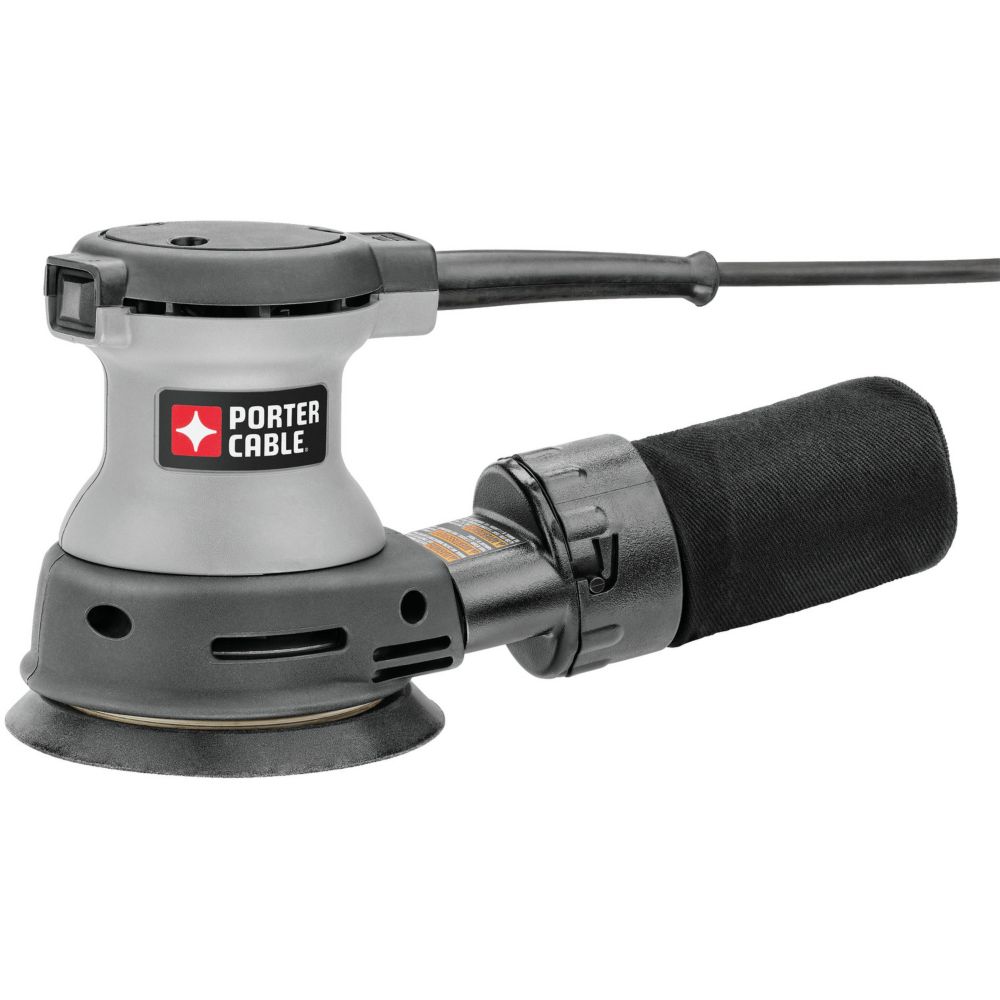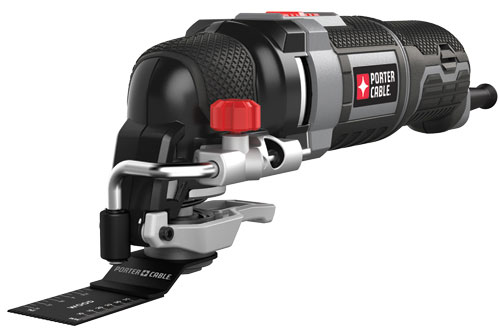

- PORTER CABLE MULTI TOOL SANDING PORTABLE
- PORTER CABLE MULTI TOOL SANDING PC
- PORTER CABLE MULTI TOOL SANDING PROFESSIONAL
The oscillating multi-tool did seem to deliver noticeably more power than DIY-oriented 1.5A units when pushed to their limit, which was of course expected. Granted, we didn’t try to cut through solid steel bars or anything of the sort – we used the tool naturally in ways most users would. Porter Cable designed its multi-tool around a 2.5A motor, which output enough power for everything we tried using the tool for. Maybe it was the comfortable grip and solid construction? Or maybe it was the thick rubbery-jacketed 10-foot cord that I also appreciated on PC’s latest circular saw. It’s hard to put my finger on what gives off this overall sense of durability.
PORTER CABLE MULTI TOOL SANDING PC
When using the corded PC oscillating tool, I definitely got the feeling that it was designed for rough and tough use.

If you cannot tell from the photo, it does take a bit of force to depress the lever. Luckily the blade-change lever is on the large side, which makes it easier to depress the spring to unlock the blade receptacle. To do this, you squeeze the blade-change lever, insert and align a blade, release the lever, and the blade is locked in place.Ī heavy duty spring ensures that blades and accessories remain securely locked into the tool. Swapping blades and accessories on this tool is as quick and easy as it gets. A top-mounted power switch is large and easy to toggle. October 2007.The tool features variable oscillating speed control that is set between 10k and 20k OPM with the turn of a rear-mounted wheel. "Tool Collector is Porter-Cable's Top Fan." Woodshop News. "Dick Jarmon: Ultimate Tool Collector." Fine Woodworking.
PORTER CABLE MULTI TOOL SANDING PROFESSIONAL
The company ended production of consumer level tools, and repositioned itself as a manufacturer of professional power tools. acquired Rockwell's power tool group - consisting of Porter-Cable and Delta Machinery - and restored the Porter-Cable name. These tools had numerous reliability problems and harmed the brand's image. Rockwell made numerous changes, including phasing out the Porter-Cable name, relocating the company's base of operations to Jackson, Tennessee, and creating a lower end of power tools to compete with Black & Decker. In 1960, the company was sold to Rockwell International. In 1929, Emmons invented the helical drive circular saw, a compact, lightweight design that is still the most widely used circular saw design produced today.
PORTER CABLE MULTI TOOL SANDING PORTABLE
In 1926, Porter-Cable began to develop a niche in portable electric power tools when Chief Engineer Art Emmons invented the portable electric belt sander, called the Take-About Sander. Three years later, the company bought a plant on North Salina Street. In 1914, the company began to focus on power tools, starting with a line of lathes. Cable, who invested $2,300 in a jobbing machine and tool shop the trio ran out of a garage. Porter-Cable was founded in 1906 in Syracuse, New York, by R.E. Known for pioneering the portable belt sander, helical-drive circular saw, and portable band saw, it is a subsidiary of Stanley Black & Decker.

Porter-Cable is an American company that manufactures power tools.


 0 kommentar(er)
0 kommentar(er)
